WANT A GREAT DEAL?
Add products & we'll be in touch soon!


The Seven Power Tools That Every Tradesman Needs in His Toolkit
Sometimes, it can be challenging to keep up with the demands of work if you don’t have the right power tools on hand. Here are seven of the best power tools that you need in your toolkit.
1. Cordless drill
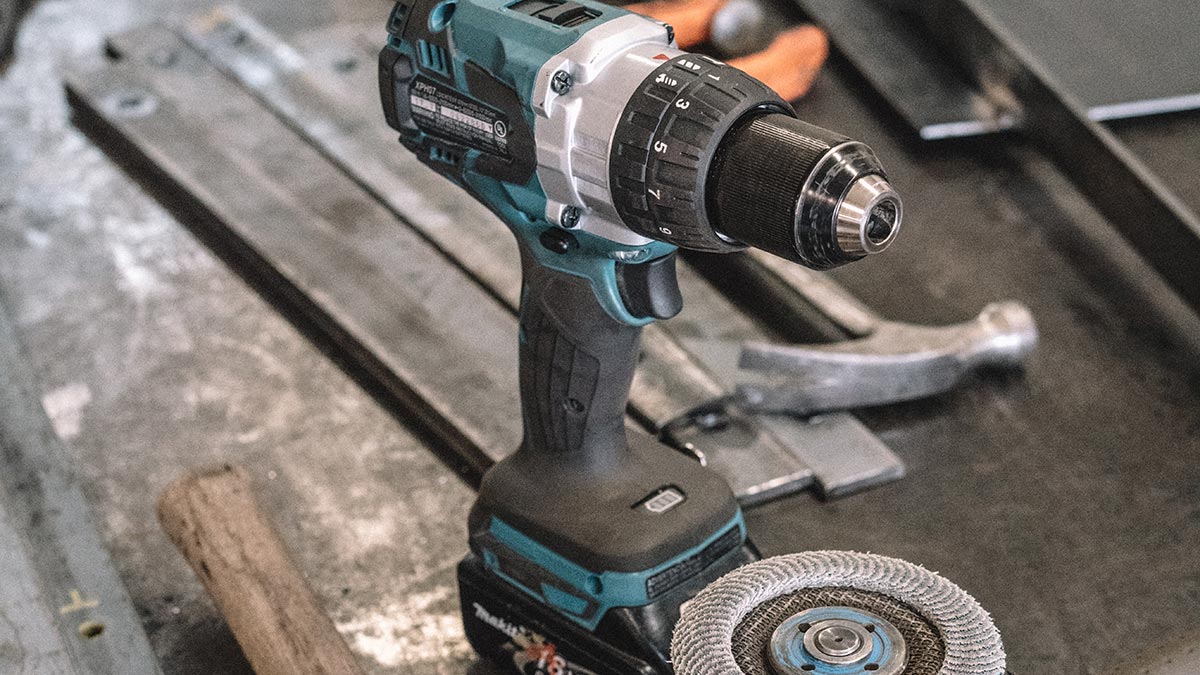
A cordless drill is one of the basic power tools that any tradesman should have because it can save you a lot of time in drilling holes while giving you the convenience of not having to rely on electricity to get the job done. A cordless drill runs on rechargeable batteries, making it easy to use for jobs where you don’t have access to an electric outlet.
This power tool can be used for a lot of construction and repair work involving drilling holes or removing and installing screws. A cordless drill should be used with the right drill bit, which will vary in size and shape depending on the task at hand. Some of the most commonly used drill bits include:
- Masonry drill bits for stone, bricks, and concrete
- Twist drill bits for ceramic, wood, plastic, masonry, and light metal
- Flatwood drill bits for wood
- Spearpoint drill bits for ceramic and glass
- Hole saw drill bits for wood and metal
- Diamond drill bits for porcelain and masonry
- High-speed steel drill bits for fibreglass, wood, plastic, and light metal
- Cobalt drill bits for steel and iron
It’s important to use only a drill bit that is compatible with the specific type of cordless drill that you’re using to avoid problems when drilling holes.
2. Jigsaw
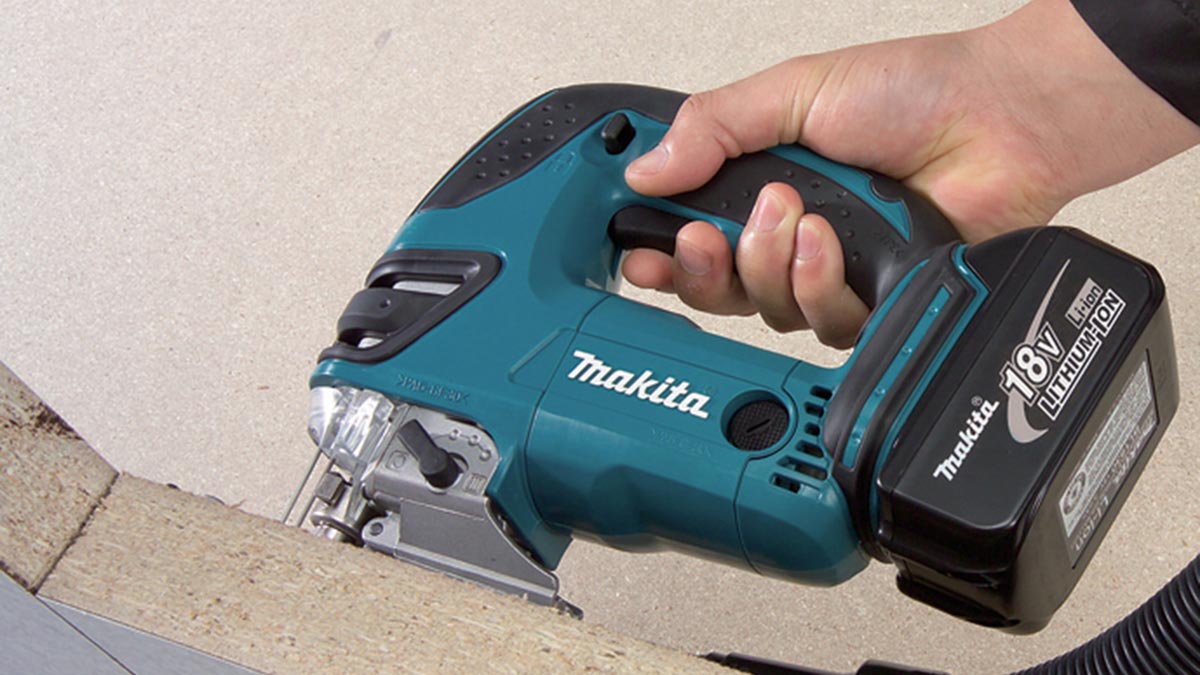
Another useful power tool, especially for cutting irregular shapes in metal, wood, and other materials, the jigsaw has been used since the 19th century for its efficiency in making complex cutting jobs easier for tradesmen. Today, you can find different types of jigsaws, including:
- Corded jigsaws are used mostly in workshops because you need a continuous supply of electric power for it to work. You can also use a 240AC power generator for operating it without access to a standard wall outlet.
- Cordless jigsaws are ideal for site work since it is powered by rechargeable batteries allowing you to cut without having to worry about an electric connection. This tool is especially ideal for cutting materials in hard-to-reach areas and out on the job site.
Choosing the right jigsaw depends on the type of cutting jobs that you usually do, the brands that you prefer, and, of course, your budget. For instance, the MAKITA jigsaw is ideal for both professionals and hobbyists because of its multi-speed options and fast blade changes, although it’s more expensive than other brands. The MILWAUKEE jigsaw, on the other hand, is ideal for professional work because of its efficiency and flexibility in cutting different types of materials, especially ceramics.
3. Sander
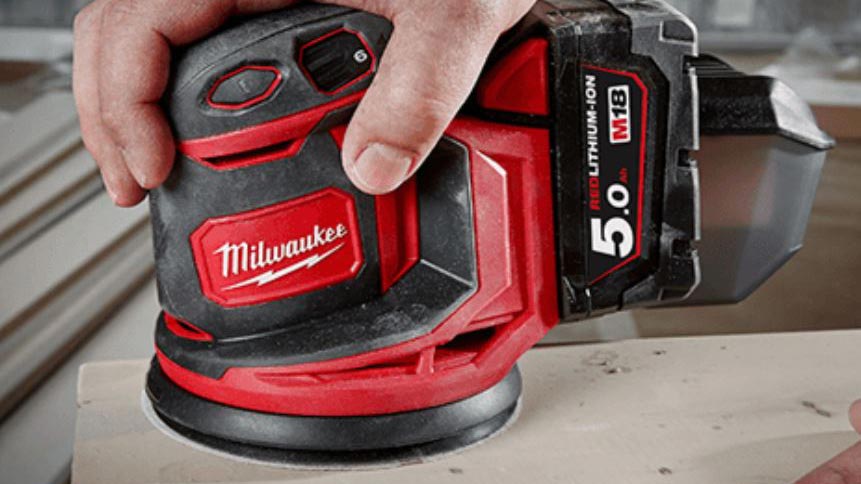
Every construction or renovation project requires sanding, which is why it’s important to include the sander as an essential power tool in your toolkit. Sanders come in different types depending on the sanding work that you need. Some sanders are used for smoothing out metals and wood while others are used for smoothing cement floors. The most common types of sanders include:
Straight hand sanders are used mainly for sanding metal and plastic surfaces because of their abrasive sleeves.
Finger sanders with mini-bands are for sanding hard-to-reach surfaces, including corners because they are smaller and lighter than the typical sander.
Belt sanders are mainly for sanding wood.
Orbital sanders are for sanding holes and interior parts because they allow for easier smoothing out of sides and edges due to their shape and lightness.
Mini angular orbital sanders are for sanding different multiform bases and smaller items because they’re lightweight and very compact but can still reach up to 15,000 revolutions per minute.
4. Pressure washer
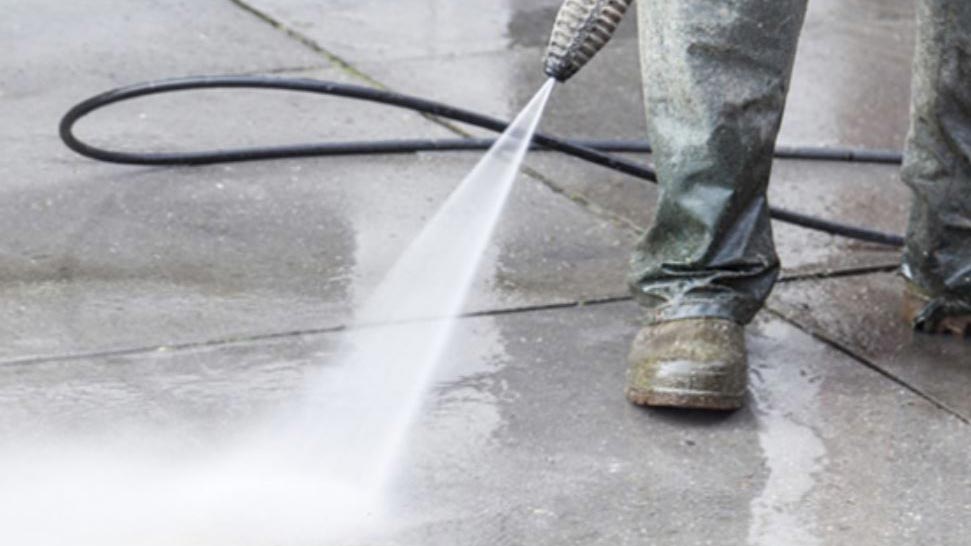
If your work involves a lot of after-work care, then you could use a pressure washer as one of your essential power tools. Power washers are ideal for cleaning fences, driveways, decks, and other surfaces with stubborn dirt. There are different types of power washers depending on your needs and budget.
Electric power washers are cheaper, quieter, clean, and easy to control. They also weigh less than their gas counterparts, but you also need access to an electrical outlet to make them work. They’re also ideal for cleaning lighter or new dirt and smaller areas because they’re not as powerful as gas models.
Petrol & Diesel pressure washers are perfect for large or heavy-duty jobs like deep cleaning footpaths , decks, and patios, and they are powered by fuel and oil, depending on the type of washer you’re using. Some gas pressure washers need a specific type of fuel to keep them from breaking down.
Picking the right pressure washer would depend on how often you’re using it, what types of jobs you’re tackling, and if you need cold water or both hot and cold water when cleaning.
5. Saws
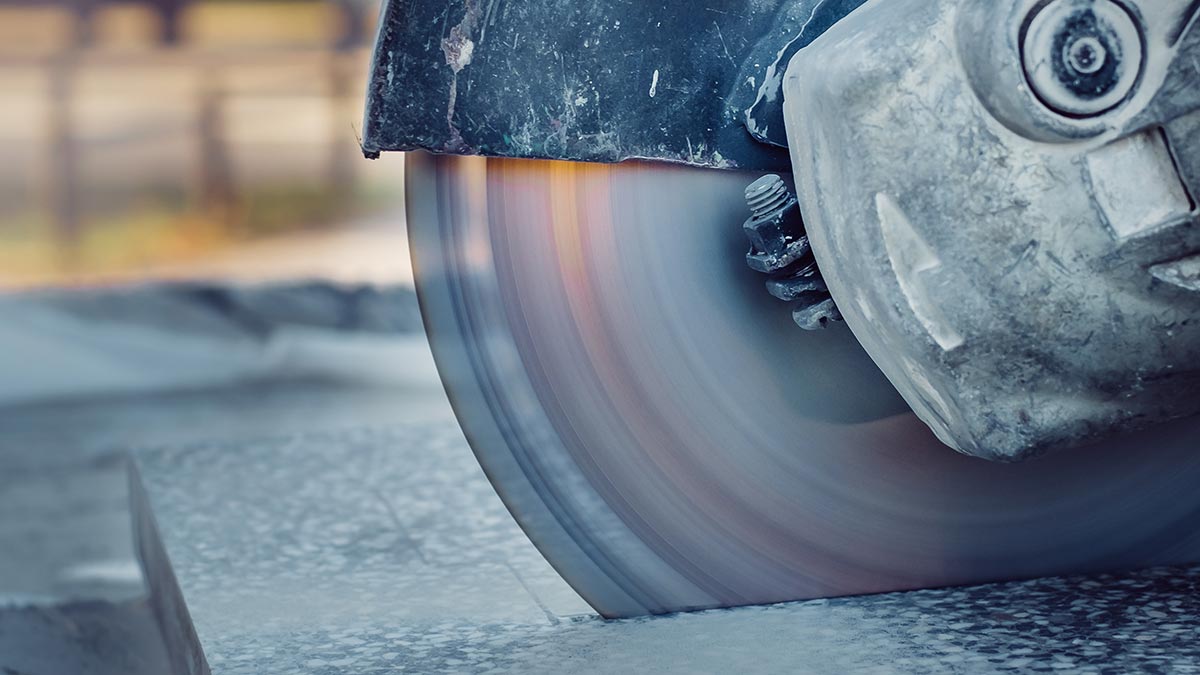
No toolkit would be complete without a saw. One of the most important power tools for every tradesman, the saw is for cutting materials like wood, concrete, brick, or even metal, which is why it needs to be sharp and efficient. While some tradesmen still use the traditional hand saws for simple projects, most professionals invest in power saws because they’re easier to use and a lot faster than manual hand saws. Some of the most common types of power saws include:
A circular saw is common in most workshops because it can cut almost anything, especially wood. It features a rotating circular blade that offers clean, straight lines when cutting.
A mitre saw is perfect for cutting longer wood because it can easily be attached to the workbench to cut both straight and curved lines.
A plunge saw is ideal for cutting deep materials since its cutting depth can be set to zero.
Scroll saw is good for cutting smaller parts like jigsaw puzzle pieces and models that require a lot of precision.
6. Staple gun
The staple gun is one of those essential power tools that can help save a lot of time and resources when doing industrial projects. Working as a regular office staple, a staple gun is a lot bigger, and it fires at a fast speed, which makes it ideal for upholstery jobs and other tasks that require fast and easy stapling. Some of the common types of staple guns include:
The manual staple gun is affordable and commonly available. It can be used as your regular staple to fasten fabric and other materials securely.
An electric staple gun is easier to manage because of its automatic stapling mechanism.
A pneumatic staple gun is lighter, flexible, and more powerful than both manual and electric staple guns because it’s powered by an air compressor.
7. Air compressor
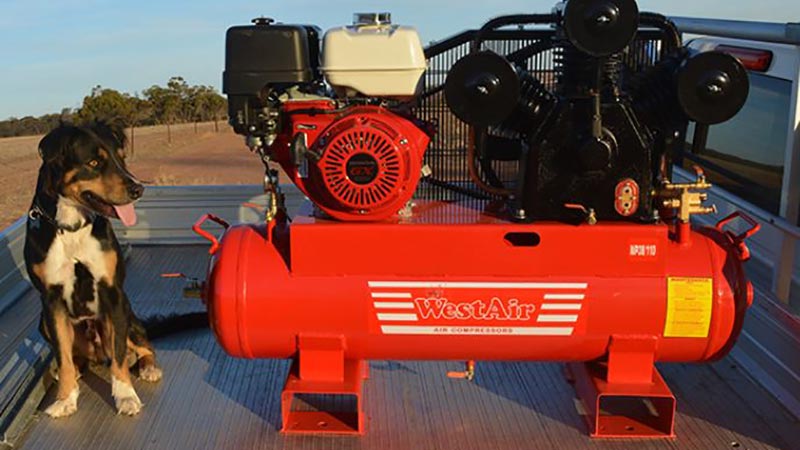
Of course, you can’t be an efficient tradesman and not have an air compressor as one of your power tools. This device uses the power that is converted into potential energy and stored through compressed or pressurized air. This air is commonly used to power drills, nut runners, screwdrivers, and riveting guns. It can also be used to power machines like a paint sprayer that needs a high-power jet to make it work more efficiently.
You can choose from low-pressure (150 psi or less discharge pressure), medium pressure (151-1,000 psi) and high pressure (more than 1,000 psi) compressors depending on your needs. They can also be classified as positive displacement compressors that are commonly found in reciprocating compressors and rotary screws or dynamic positive displacement compressors used in larger manufacturing plants.
The takeaway
These are just some of the more important power tools that you can invest in if you want to be more efficient in your job as a tradesman. Whether you’re looking to start a new job in this area or you’ve been planning to upgrade your power tools, these seven options should be on top of your priorities because you can utilise them for different tasks.
When buying power tools, always make sure that you only go for quality. This should begin with finding the right supplier that has all the tools you need. Always invest in products that you know will last for years, so you don’t need to repair or replace them often. This will allow you to get more tasks done quickly and efficiently for a longer time. You should also go with brands that have been trusted by other tradesmen for many years.
So, if you’ve been planning to purchase the beginnings of a great tradesman's toolkit, we have everything you need to get started and more. Contact the experts at Direct Trades Supply for more information.
Popular Articles

Company
123 Kelvin Road
Maddington WA 6109
P: 1300 123 387 (DTS)
E: [email protected]
Opening Hours
6:30 AM - 5:00 PM Mon-Fri
7:30 AM - 12:00 PM Sat
Closed Public Holidays












